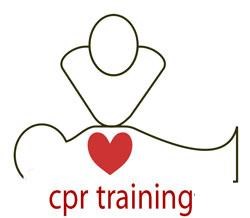THUNDER BAY -- Local residents were getting a refresher course on the basics of CPR and Defibrillator training.
When many people think of CPR, they think of ambulances, paramedics and hospitals, but it's outside and away from those three important things where CPR is needed most.
Cardiac arrest outside of a hospital happens more than 30,000 times a year in Canada.
Superintendent of professional standards at Superior North EMS Marika Listenmaa said performing basic CPR isn't as hard as people may think and that bystanders only need to do two simple steps to help prolong someone’s chances to live.
"Call 911, which really is the key step, make sure help is coming,” Listenmaa said. “The second step is push hard and push fast. People may feel a little more confident in springing to action knowing these steps.”
About 30 people came to the seminar. They were able to refresh their memory on how to do hands-only CPR, which doesn't involve mouth to mouth resuscitation.
John Finasky, a member of the Lakehead regional safety council says that training with mannequins is a huge plus, because it puts the bystander in a real-life situation.
"It gives everybody an opportunity to use the mannequins and see how easy it actually is. It may save a life, and that’s the overall goal."
There are many different causes of cardiac arrest ranging from an existing heart arrhythmia to getting hit in the chest with a baseball.
Regardless of the underlying condition 92 per cent of people who experience cardiac arrest will die without CPR, and every minute CPR is delayed that rate will increase.
Listenmaa said the chance of surviving increases when bystanders get involved.
“Hands-only CPR is a really good option for people that may come across these events,” she said.
Defibulator training was also taught today to go along with CPR.
Finasky hopes to have more seminars like this in the future and hopes this one leads to a saved life.
(TBT News)
